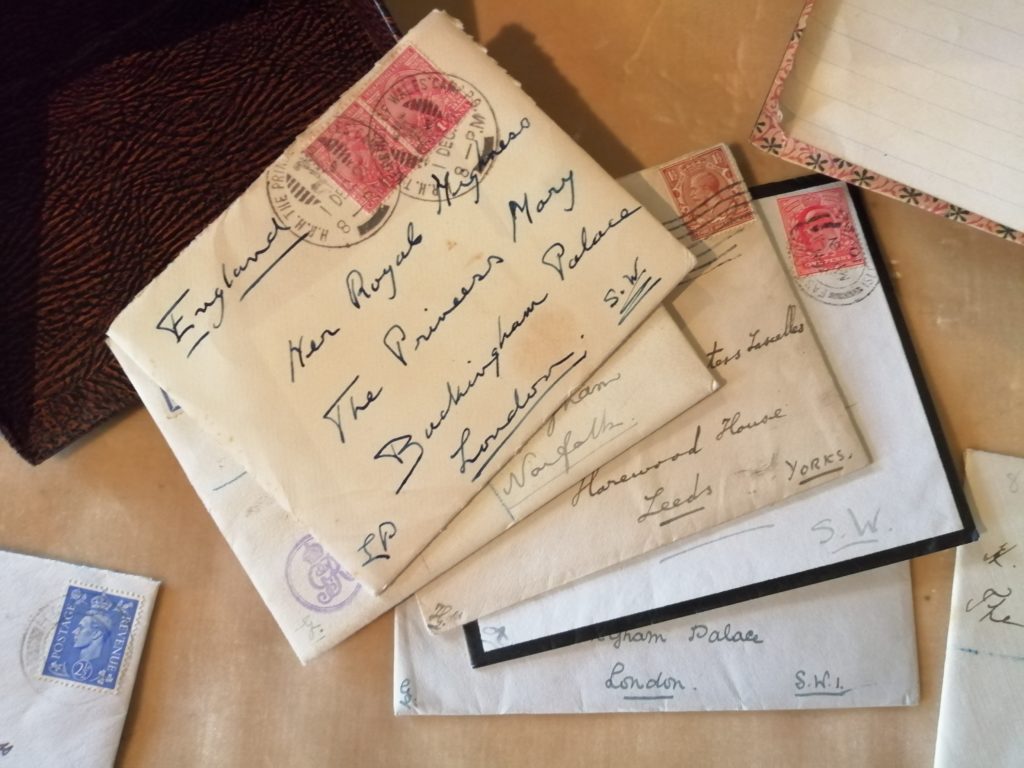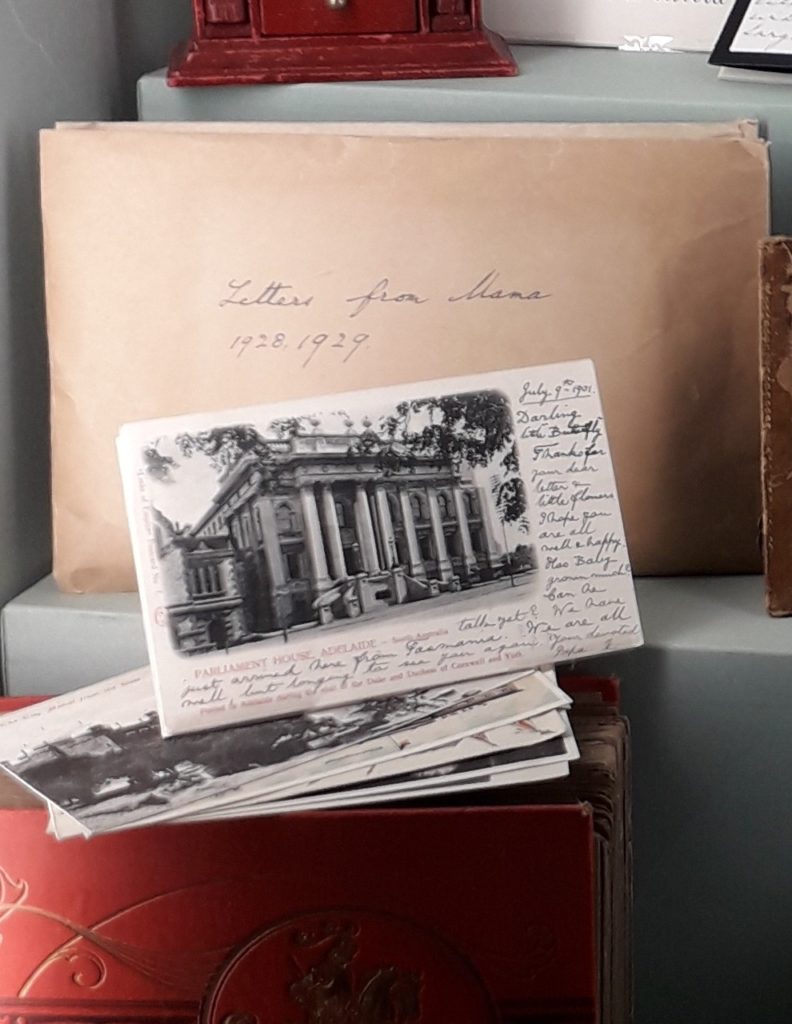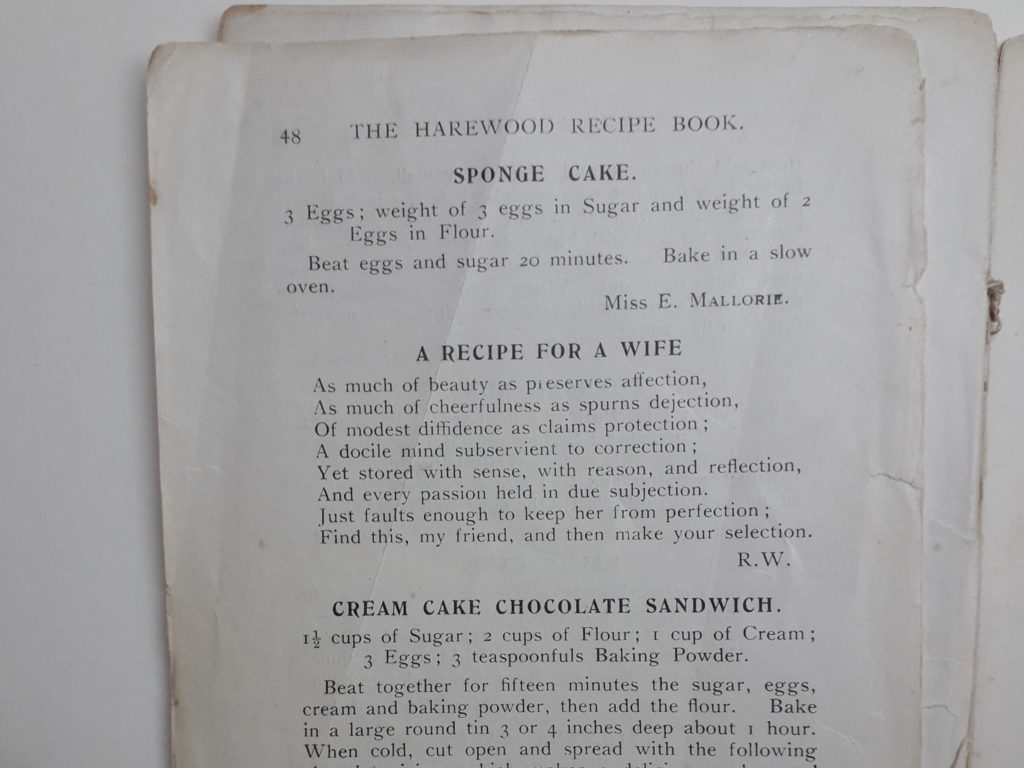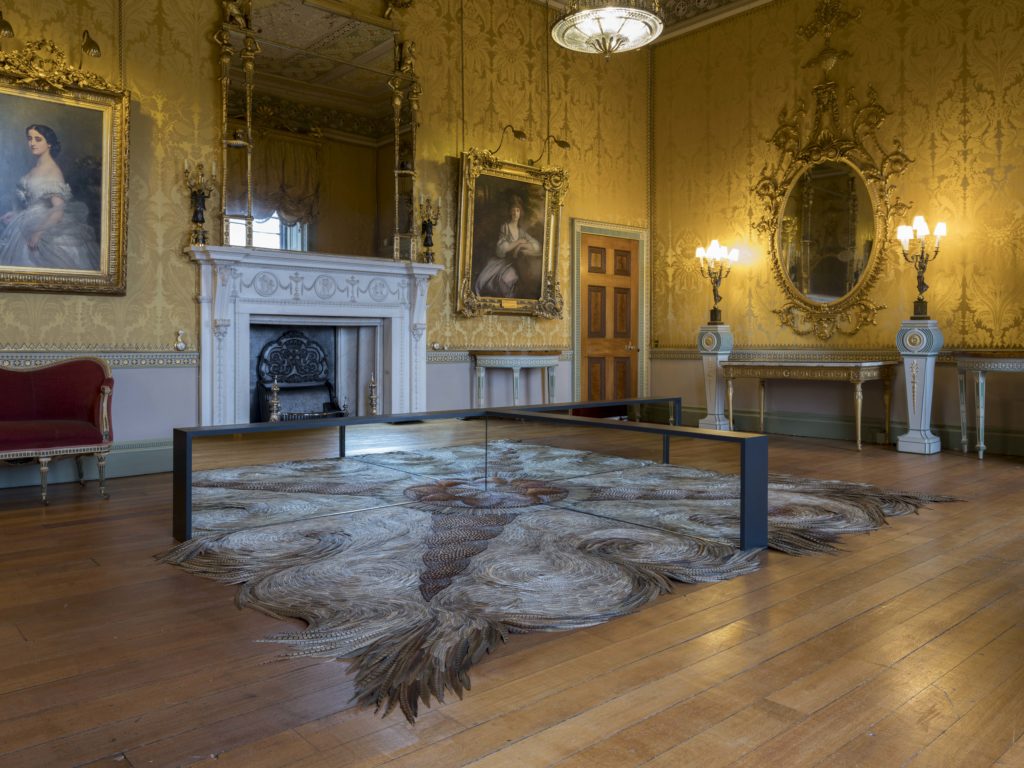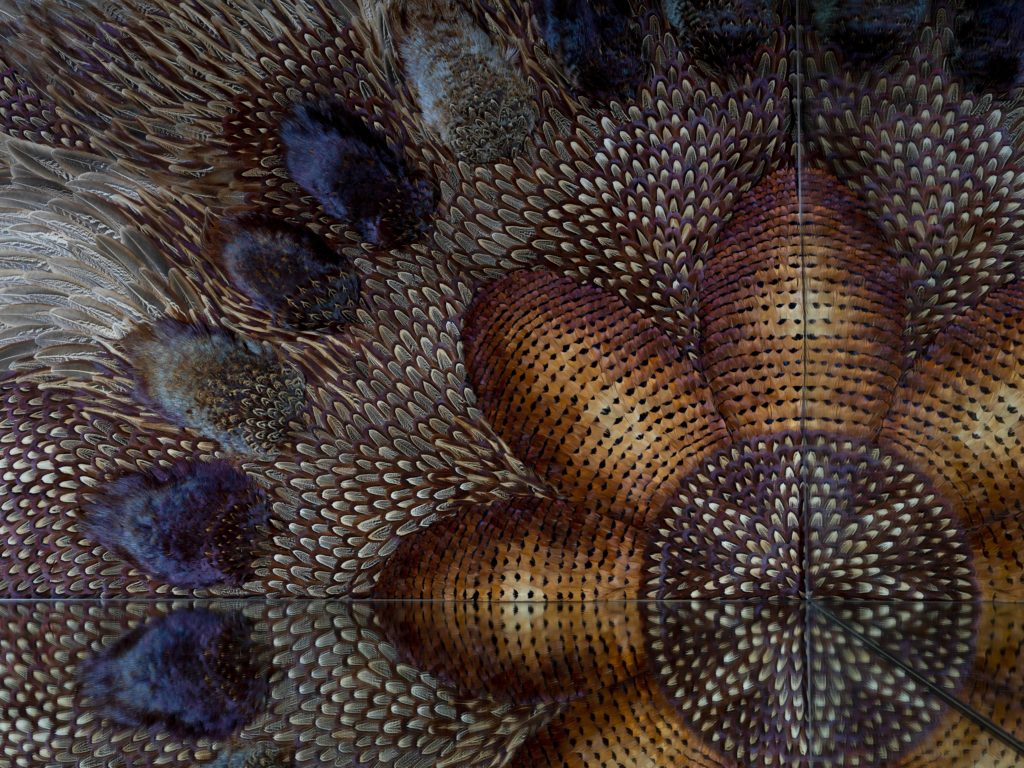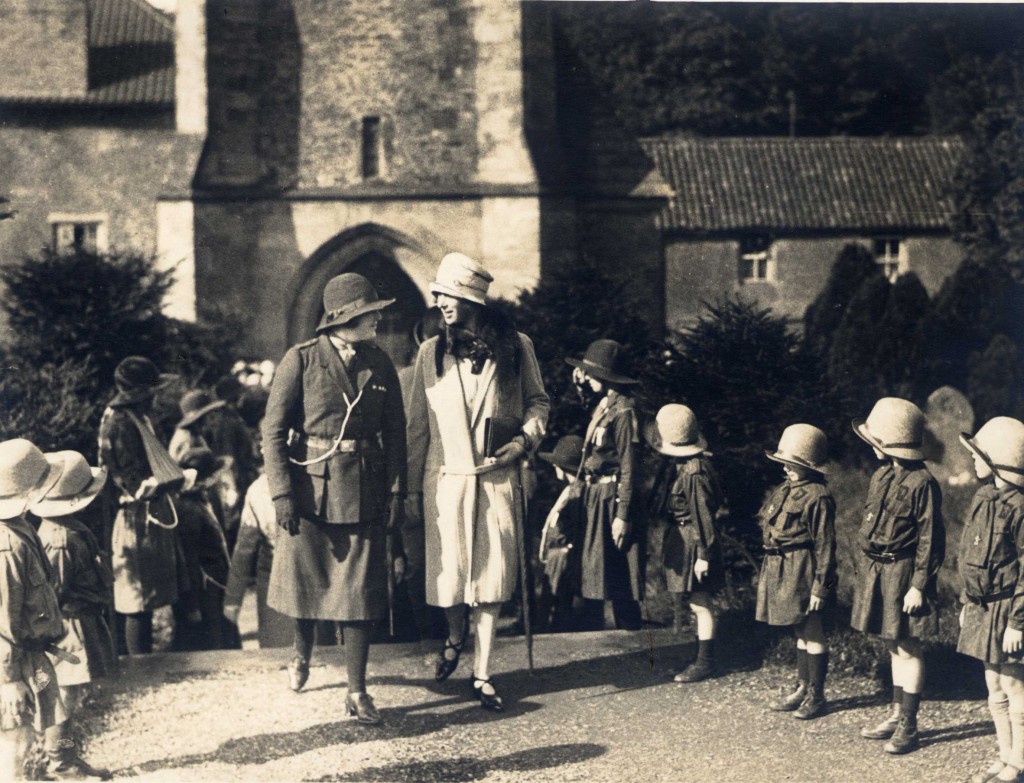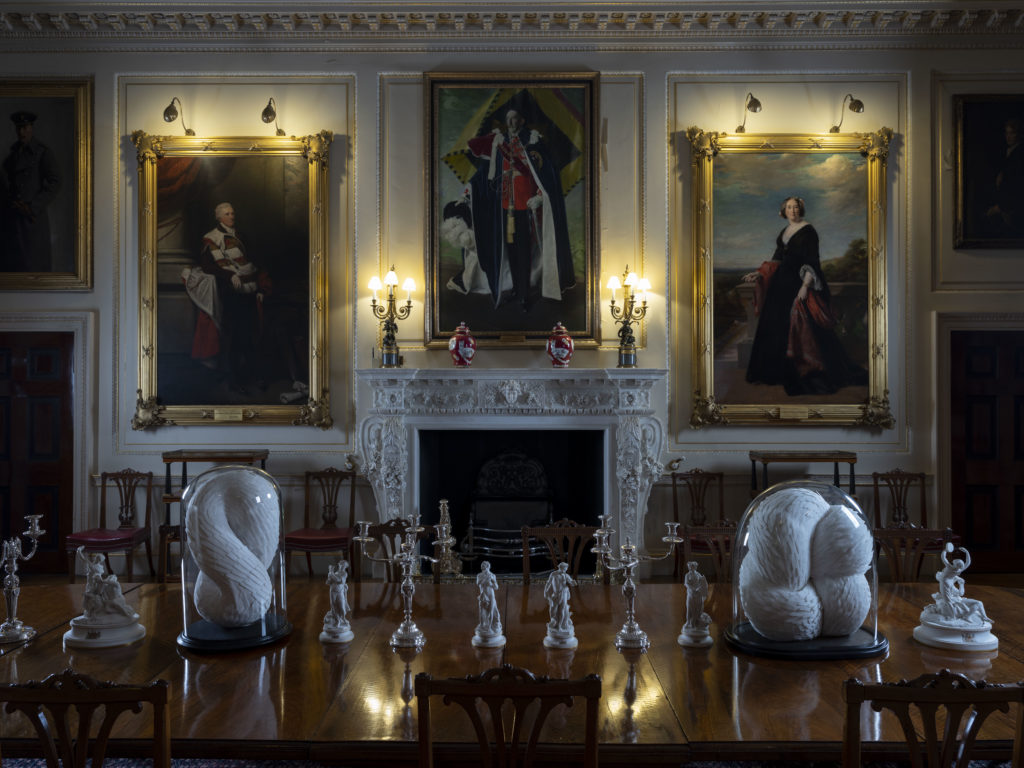 Just over four weeks ago, my team and I were walking out of Harewood House, having just finished installing my latest exhibition, Menagerie. We knew then that the exhibition was unlikely to open as planned, but we had no idea quite what we’d be walking into.
Just over four weeks ago, my team and I were walking out of Harewood House, having just finished installing my latest exhibition, Menagerie. We knew then that the exhibition was unlikely to open as planned, but we had no idea quite what we’d be walking into.
We’d spent the last five days in an 18th century architectural bubble, the ideal place to unintentionally self-isolate. The house was shut to the public and operating a skeleton staff – as is usual for the early months of the year – so we were arguably in the safest place in Yorkshire. The install experience was unique and surreal, not just because of the stunning location, but because COVID-19 was unfolding outside the grounds and across the world as we worked.
We tuned into BBC News and listened to the updates echo around the vast rooms, wondering what would be on the other side when we finished. It felt like the beginning of a film: the air was ominous and full of tension, but the plot was yet to unfold. Day by day things seemed to escalate; we spoke to loved ones on the phone and tried to stock our cupboards remotely, but the gravitas of the situation and our surroundings made it seem dreamlike.
 The exhibition had been years in the making; there was months of planning, of collecting materials and fabrication – all supported by a team of Harewood House volunteers who had meticulously prepared thousands of feathers. I’d borrowed works from collectors, experimented with new techniques and created new work in the studio. It was a great communal effort, and then…
The exhibition had been years in the making; there was months of planning, of collecting materials and fabrication – all supported by a team of Harewood House volunteers who had meticulously prepared thousands of feathers. I’d borrowed works from collectors, experimented with new techniques and created new work in the studio. It was a great communal effort, and then…
On 17th March we finished placing my new installation, Cavort, it’s a vast sitespecific pheasant feather piece that now lays dormant in the Yellow Drawing Room. I walked around the empty house, passing Anima and Stifle in the Dining Room, Viscera, Turmoil and Quandary in the Gallery and my earlier installation, Discharge, specially adapted for the Main Library. Behind me, security guards closed the shutters, switched on alarms and prepared for a full lockdown.
I was left wondering if it had actually happened, or if the whole thing was an illusion. My work, so often described as uncanny, was the most normal part of this experience. For me, it was the familiar that was made strange.
Menagerie can be visited at Harewood once the House reopens to the public. For more information on the exhibition, read more here and visit Kate MccGwire’s website, www.katemccgwire.com

